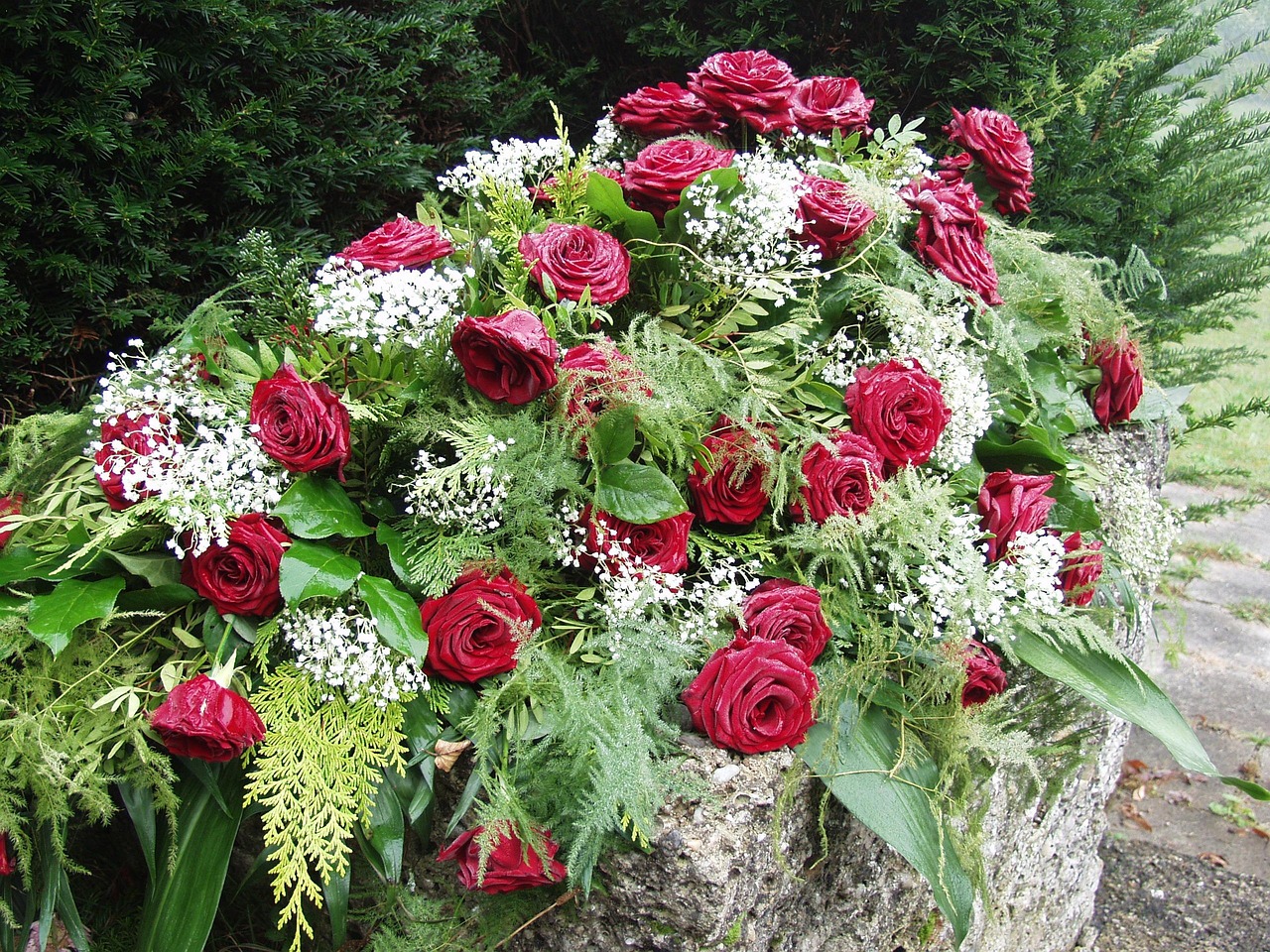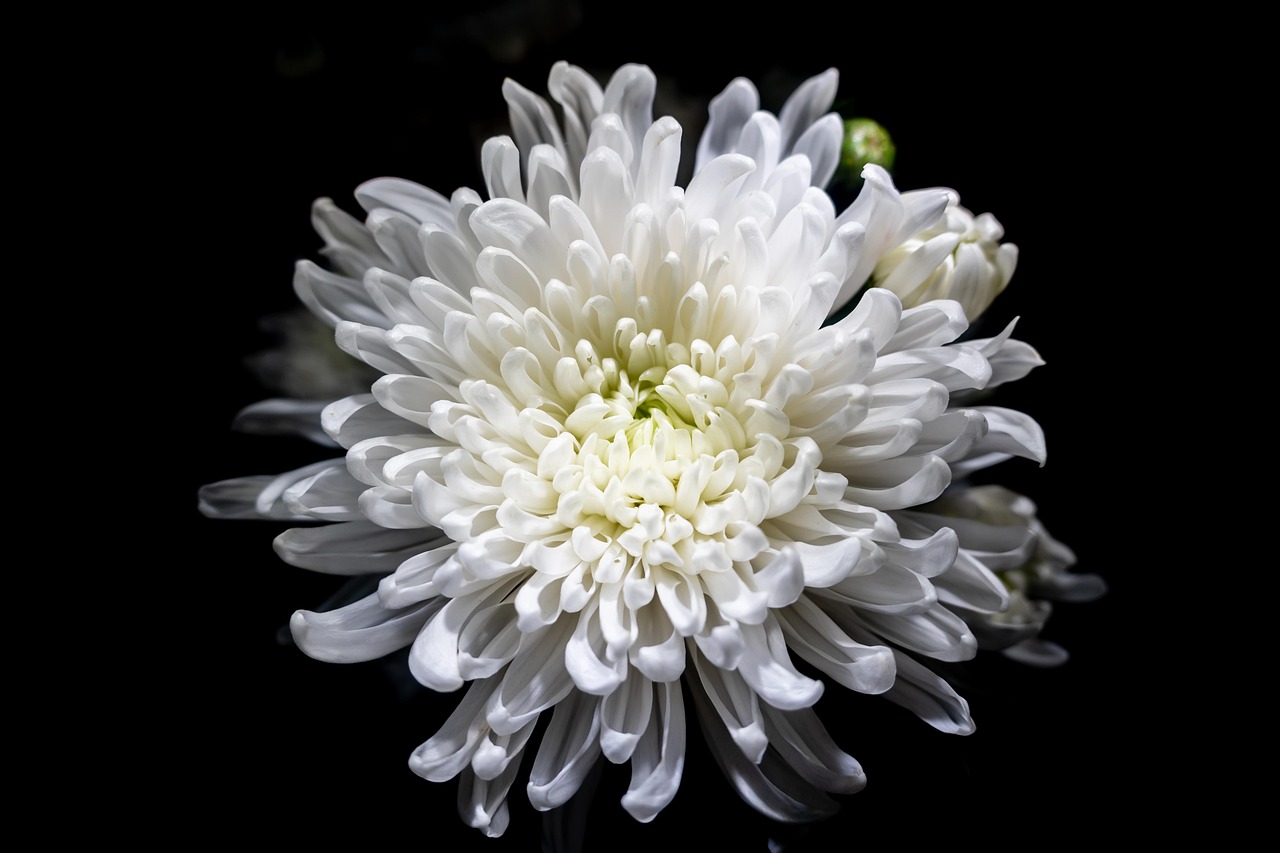The Beauty and Meaning of Pink Flowers: Popular Types, Symbolism, and How to Use Them
Pink flowers have long been admired for their gentle beauty, romantic symbolism, and versatility in floral arrangements. From soft blush tones to vibrant fuchsia, pink blooms bring a sense of calm, joy, and affection to any garden or bouquet. Whether you’re decorating your home, planning a wedding, or sending flowers to someone special, pink flowers are always a graceful choice.
In this blog, we’ll explore the most popular types of pink flowers, what they symbolize, how to use them in arrangements, and tips for keeping them fresh and healthy.
What Do Pink Flowers Symbolize?
Pink flowers carry a wide range of meanings depending on their shade and context. In general, they symbolize:
- Love and affection – softer and more innocent than red
- Grace and elegance
- Joy and happiness
- Gratitude and admiration
- Femininity and nurturing
Lighter pinks often represent gentleness, while deeper shades like hot pink can express appreciation and admiration. Because of this versatility, pink flowers are perfect for birthdays, anniversaries, sympathy arrangements, or simply saying “thank you.”
Popular Types of Pink Flowers
Pink flowers appear across many species and varieties. Here are some of the most beloved pink blooms for gardens and bouquets:
1. Roses
One of the most iconic flowers in the world, pink roses are a classic symbol of love and gratitude. Pale pink roses evoke sweetness and admiration, while deep pink varieties are used to express appreciation or congratulations.
Best for: Romantic gestures, thank-you gifts, weddings, and sympathy arrangements.
2. Peonies
Large, lush, and incredibly romantic, pink peonies are a favorite for weddings and spring gardens. They bloom in late spring and early summer, offering rich fragrance and soft, full petals.
Best for: Bridal bouquets, centerpieces, and romantic gifts.
3. Tulips
Pink tulips symbolize happiness and caring, making them a thoughtful gift for friends or loved ones. They bloom in spring and are available in various shades, from soft blush to bold magenta.
Best for: Easter bouquets, Mother’s Day, and spring arrangements.
4. Carnations
Affordable and long-lasting, pink carnations are often used in sympathy bouquets and celebratory arrangements. They represent a mother’s love, admiration, and gratitude.
Best for: Mother’s Day, memorials, and everyday bouquets.
5. Gerbera Daisies
Cheerful and vibrant, pink gerberas are ideal for brightening up any room. They symbolize admiration and joy and are available in shades from light pink to hot pink.
Best for: Birthday bouquets, celebrations, and get-well-soon gifts.
6. Camellias
Camellias are elegant, rose-like blooms that come in stunning shades of pink. They symbolize admiration, perfection, and longing.
Best for: Garden planting, romantic arrangements, and floral design.
7. Hydrangeas
These lush, globe-shaped flowers make a big impression. Pink hydrangeas often symbolize heartfelt emotions, and their color can vary depending on soil pH.
Best for: Home décor, large bouquets, and sympathy flowers.
8. Cherry Blossoms
Though not typically used in cut arrangements, pink cherry blossoms are iconic spring flowers that symbolize renewal, beauty, and the fleeting nature of life.
Best for: Garden appreciation and seasonal displays.
How to Use Pink Flowers in Floral Arrangements
Pink flowers are incredibly versatile and pair beautifully with other colors:
- With white: Creates a classic, elegant arrangement perfect for weddings or sympathy flowers.
- With red: Adds depth and romance, ideal for Valentine’s Day or romantic bouquets.
- With yellow or orange: Adds a cheerful, bright, and modern contrast.
- With green foliage: Highlights the softness of pink and keeps the look fresh and natural.
Whether you prefer monochrome arrangements or bold color contrasts, pink flowers bring balance, beauty, and a touch of warmth to any floral design.
Growing and Caring for Pink Flowers
Many pink flowers can be grown at home, either in the garden or as indoor potted plants. Here are general care tips to keep them healthy and vibrant:
For Cut Flowers:
- Trim stems at an angle before placing in water.
- Use clean vases and change the water every 2–3 days.
- Remove leaves below the water line to prevent bacterial growth.
- Keep arrangements out of direct sunlight and heat.
For Garden Flowers:
- Plant in well-drained soil and provide adequate sunlight.
- Water regularly but avoid overwatering.
- Fertilize during growing season to encourage blooms.
- Prune spent flowers to encourage new growth.
Each type of pink flower may have its own specific care needs, so be sure to research your specific variety for best results.
When to Give Pink Flowers
Because pink flowers convey affection, admiration, and joy, they’re suitable for many occasions:
- Valentine’s Day – For a soft, romantic gesture
- Mother’s Day – To show appreciation and love
- Birthdays – Bright and cheerful for all ages
- Weddings – Classic and elegant floral arrangements
- Sympathy or condolences – Gentle and comforting
- Graduations or congratulations – Especially when paired with other bright flowers
They’re also wonderful for everyday moments—just because.
Final Thoughts: The Timeless Appeal of Pink Flowers
Pink flowers bring softness, elegance, and joy wherever they go. Whether you’re planting them in your garden, sending them as a thoughtful gift, or arranging them in your home, pink blooms are always in style. Their beauty, rich symbolism, and wide variety of shades make them one of the most cherished colours in the floral world.
No matter the occasion, a touch of pink is sure to brighten someone’s day.



